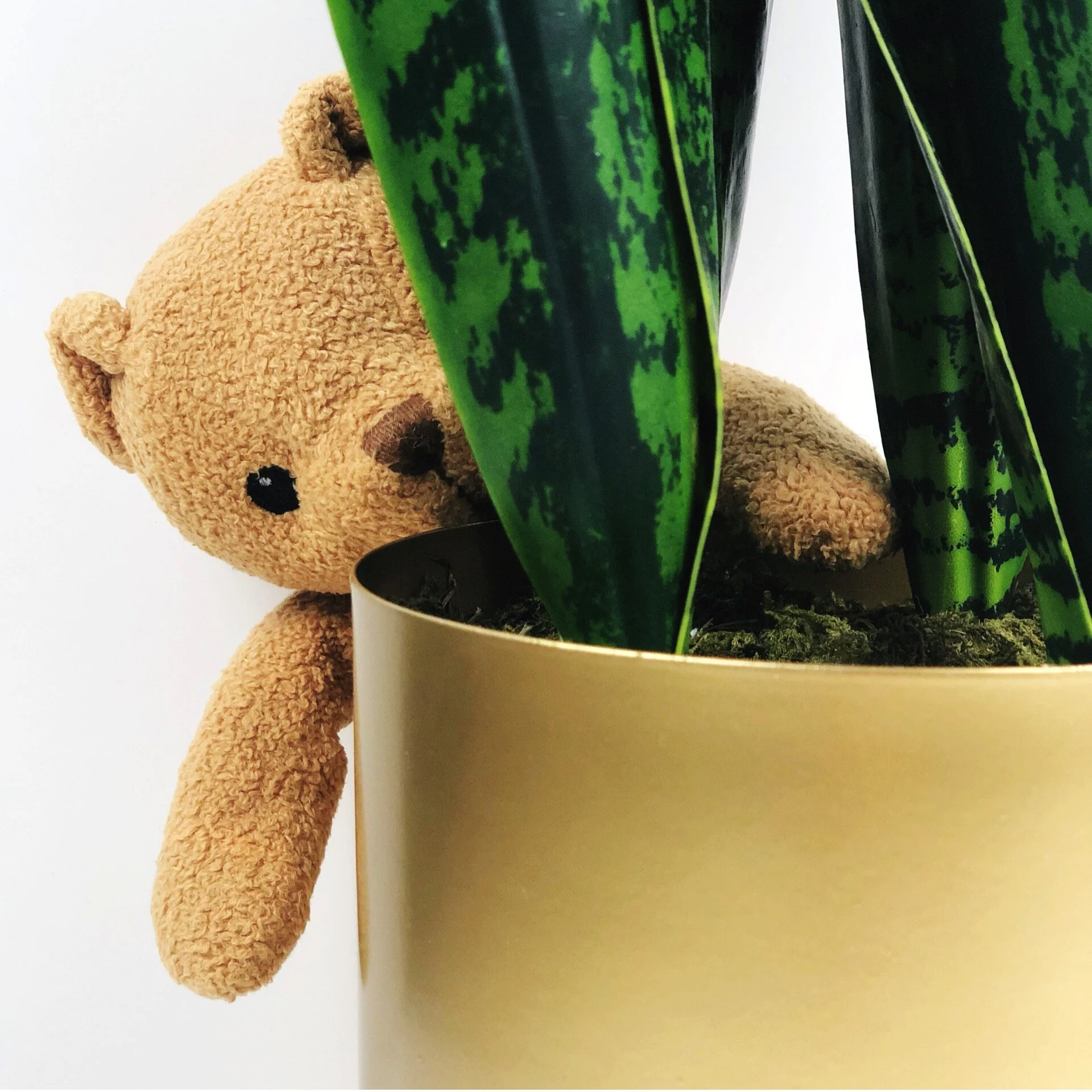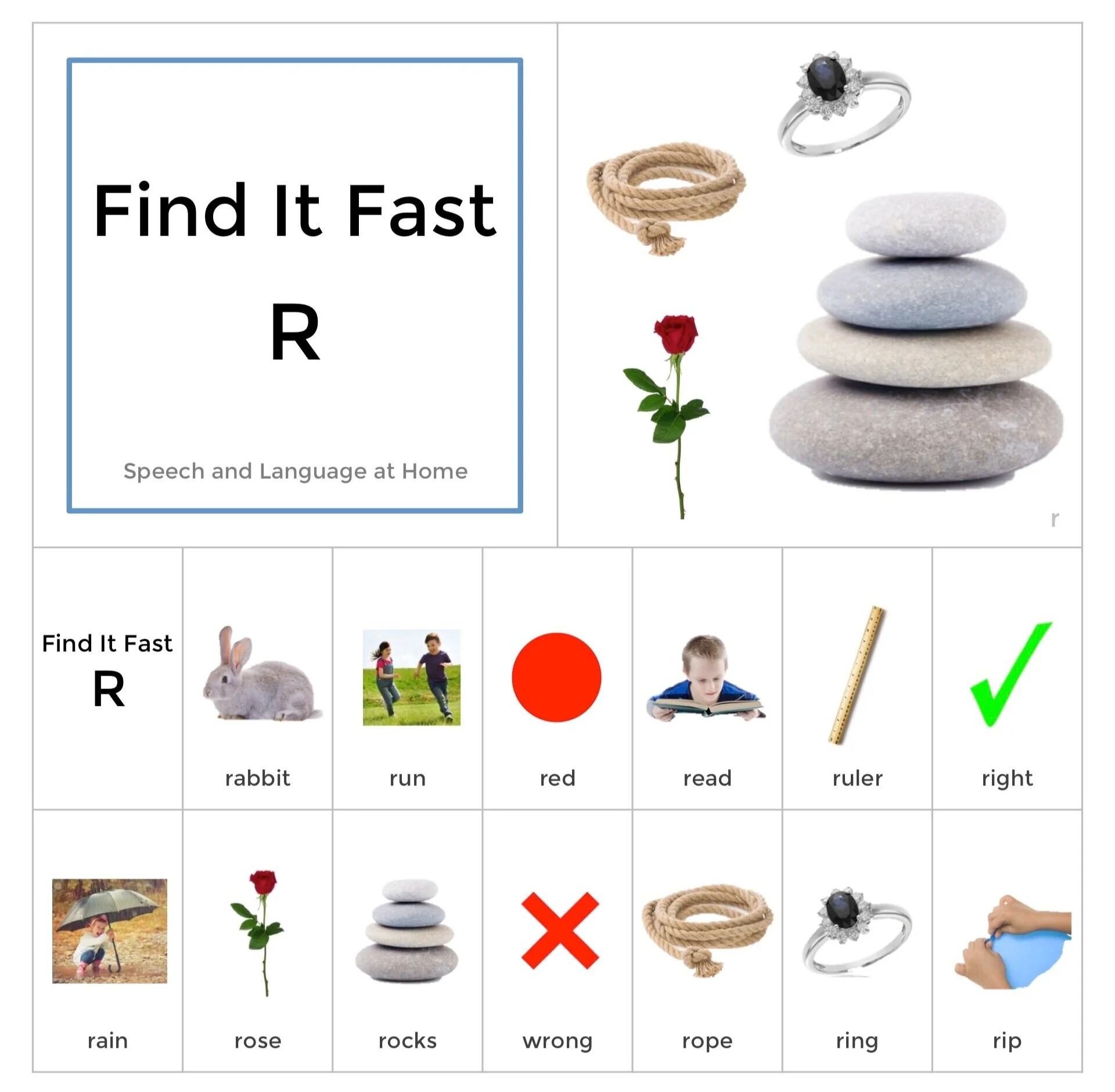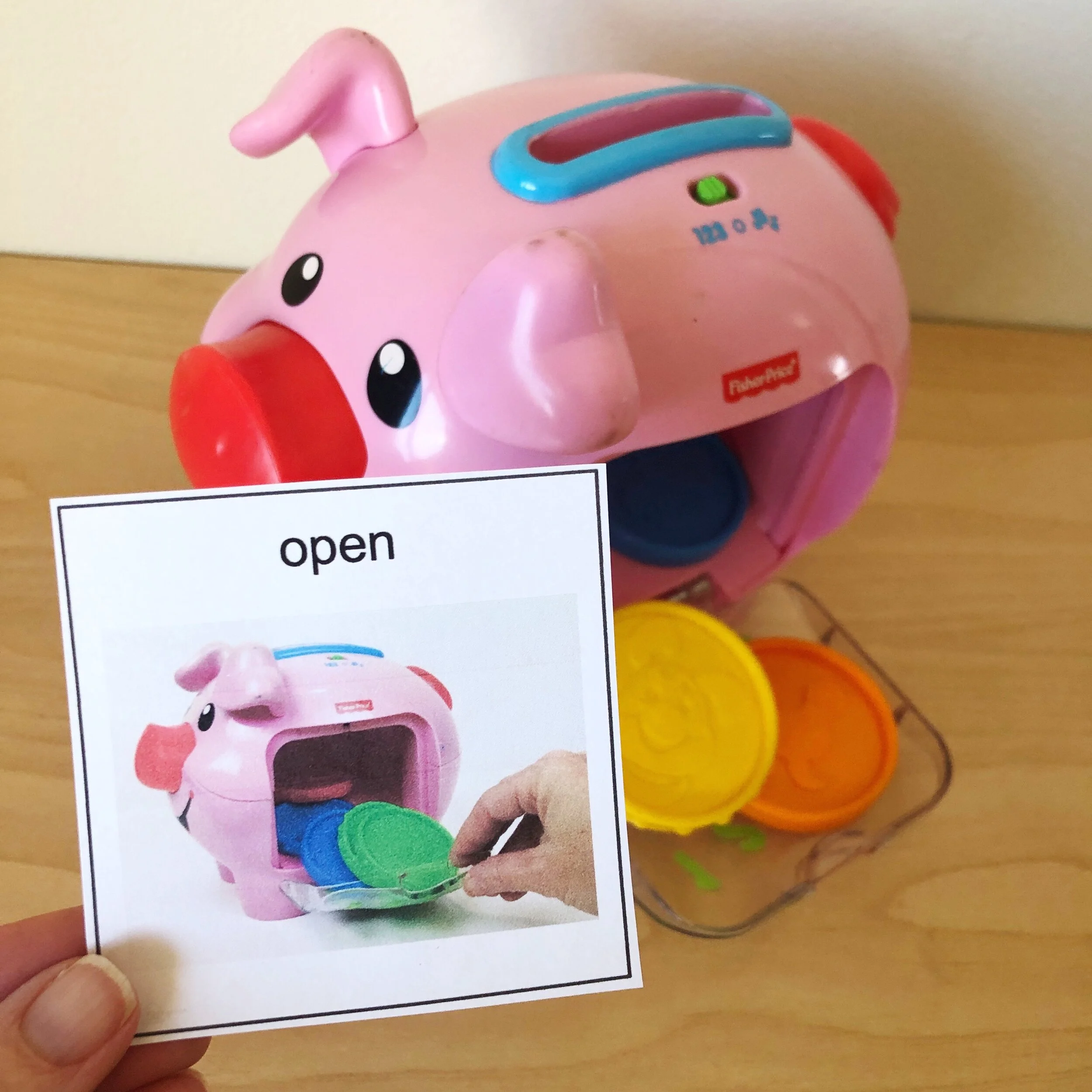SLP Terminology You Need to Know
Do you have a handful of SLP terms that aren’t quite clear? In today’s post, I’m sharing basic speech and language terminology
When you’re caught up in the process of a speech evaluation, it’s easy to feel overwhelmed
There are lots of emotions involved. Countless parent interview questions. Many forms. Sometimes several appointments.
You’re ready for answers. And then, finally, you hold the assessment report in your hands…
But it’s difficult to understand. Because in the SLP world, there are lots of specific terminologies.
The process can be stressful, but I try to make it as comfortable and smooth as possible. In fact, one of the most rewarding aspects of my job is talking parents through everything. Helping them manage.
And that includes you.
I want to help you make sense of the information you’re receiving about your child. Let’s go back to the basics with common SLP terminology that you’ll likely encounter (and some tips to think about each).
Back to SLP Basics
The following terms are standard in the field. You’ll find most of them in any given assessment report.
Receptive Language
Receptive Language is a term broadly used to describe language comprehension. When we evaluate receptive language, we try to determine the words and grammar a child understands. (1) (It doesn’t matter whether or not they can express the same ideas.)
Early receptive language skills include understanding the words we use for:
People, places, things, descriptors, actions, and more
Simple directions (e.g., “Give me the ball”)
Simple questions (e.g., “Where’s bear?”)
Later skills include:
Following directions of increasing complexity (e.g., “Go get the spotted blanket that’s under the table”)
Understanding questions of increasing complexity (e.g., “Who gave you that cookie?”)
SLP testing tip: When you’re testing your child’s receptive language, make sure you aren’t inadvertently giving hints! Otherwise, you might be overestimating their abilities. Kids often pay close attention to nonverbal information to compensate for difficulties in this area. Use gestures and facial expressions to teach concepts, not to test them.
Expressive Language
Expressive Language refers to how a child expresses themself. When SLPs say this term, we’re narrowing in on the symbols (typically words, grammar parts, etc.) a child uses. (1) These can be verbalizations, signs, pictures, or other AAC (see below!)
Early expressive language skills include producing:
Single words for people, things, descriptors, actions, and more
Simple grammar structures (e.g., –ing verb tense)
Later expressive language skills include the production of:
Word combinations (i.e., phrases and sentences)
Complex grammar structures (e.g., past and future verb tenses)
SLP testing tip: Remember; when you’re testing your child’s expressive language, only give them credit for their spontaneous and independent words. If they’re simply repeating the words you’ve said or directed them to say, this doesn’t count. The words do not need to be pronounced perfectly, however.
Speech
Speech is the physical production of verbal language. More simply, it’s how a child produces and pronounces sounds, including in words. A child may have excellent language skills, but if they’re not understood when they are speaking, communication can still be difficult. There are many different kinds of speech disorders, each with different traits. Articulation, fluency (e.g., stuttering), and voice disorders all fall under the umbrella of speech disorders. (1)
Early speech skills include:
Producing and combining sounds in babbling
Making words with simple sound combinations (e.g., “mama”)
Accurately producing early-developing speech sounds (e.g., “p,” “b,” “m,” etc.)
Later speech skills include:
Producing words with more complex sound combinations
Being understood in connected speech (e.g., phrases and sentences)
Accurately producing later-developing speech sounds (e.g., “s,” “r,” “v,” etc.)
SLP testing tip: When estimating how understandable (or “intelligible”) your child is, think about the difference between your listening ears and a stranger’s. Parents become pros at understanding their child, even if that child’s speech is significantly delayed.
Pragmatic Language
Pragmatic Language (or Pragmatics) is a term used to discuss a child’s social communication skills. When we assess a child, we need to consider not only what ideas they can understand and express but how they express them. How do they use language when interacting with others? Are their communication skills with others appropriate? (2)
Early pragmatic language skills include:
Paying attention to people and interacting with them
Using nonverbals (eye contact, facial expression, etc.) seamlessly when communicating
Later pragmatic language skills include:
Engaging in a back-and-forth conversational exchange
Staying on topic
Taking the perspective of others when communicating with them
SLP testing tip: If your child is having difficulties with pragmatic language, think a bit more about their behaviors and their interactions with others. If they struggle in all three areas, providers may suggest more testing for autism.
Augmentative and Alternative Communication (AAC)
AAC, or Augmentative and Alternative Communication, refers to systems used in support or in lieu of verbal language. In an assessment, we may evaluate a child’s readiness for AAC, particularly if a child’s speech is impacted and they have lots they’re trying to say! AAC systems range from low- or no-tech to high-tech. (3)
Examples of low- or no-tech AAC include:
Signs and pointing
Single buttons with pre-recorded messages
High-tech AAC systems usually involve:
A computerized device (e.g., an iPad)
A communication app (e.g., TouchChat).
SLP testing tip: AAC may be new for your child, so if you want to evaluate their skills in this area, give them some teaching first and then test them.
When people say “Speech Therapy,” what do they mean?
“Speech therapy” is a bit of a misnomer –– “communication therapy” might be more appropriate. Still, it’s a term broadly used to describe therapy that involves any or all of the above categories and more.
Do SLPs work in any other areas?
Yes! You’ll find SLPs working with feeding and swallowing disorders. Today I’ve just covered speech and language, which are the areas in which most SLPs work.
Any other SLP questions?
Is there anything you’ve seen on SLP reports that you don’t understand and isn’t covered here? Any terms within the general categories that have you puzzled?
Let me know! Maybe I’ll include your question in a future post.



